Child and youth leaders raise awareness on climate crisis
Did you know that millions of children born in the last year will face on average two to seven times more extreme weather events than their grandparents? This means more heatwaves, flooding, droughts, crop failures and wildfires.
The climate crisis is affecting the future of children, yet they have contributed the least to the destruction of the environment.
Children and youth worldwide are taking a stand to fight against climate crisis. They are standing up in their communities to make a change for a more sustainable planet. And, they are calling for their voices to be heard by world leaders who are making decisions that will affect their futures.
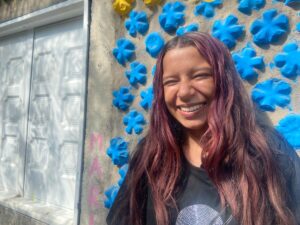
When Oriana* was a baby, she and her family fled the violence in Venezuela to start a new life in a village on the outskirts of a Colombian city. Now at 15, she notices the lack of care many people have for the environment.
“People don’t look after the environment, they don’t care, they just throw litter everywhere. Water is often scarce. We have to wait around eight to 15 days to get water. We have to recycle water so it lasts longer and things like that,” said Oriana.
Oriana believes that protecting the environment is crucial to ensure children and youth in her generation and generations to come inherit a healthy planet. To help protect the environment, she recycles what many consider garbage. She fills old plastic bottles with sand to be used as bricks for homes in her community.
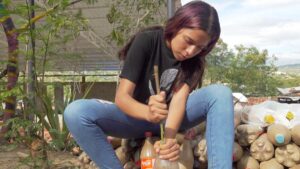
Like Oriana, 15-year-old, Sara*, living in Gaza, has the same passion for the environment. She dreams of being a Minister of Environment when she’s older and recently shared her opinion about climate during Save the Children child hearings for the Generation Hope report. During the hearings, Sara and other children expressed their views on climate, making sure their voices were heard by decision-makers because, as she said, “we share this world, adults and children.”
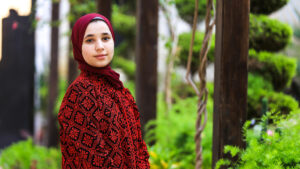
Sara believes that an increase in green space could provide many benefits. “In my opinion, to deal with climate change, we should pay attention to nature. We could do this through reforestation and planting trees as much as possible. We could also raise awareness among people in the refugee camps, to plant between shelters if spaces are available, because this will have a positive effect on the Gaza Strip and outside it,” said Sara.
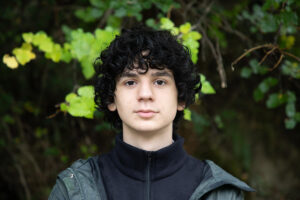
Seventeen-year-old Olt explains that climate change is evident in his hometown of Prizren, Kosovo. “Frequent heatwaves during the summer months have caused a decrease in water in the river and sometimes it dries up,” said Olt.
Olt is an active member of a child-led group called Respect Our Rights, supported by Save the Children Kosova. The group organized a climate march in the city centre. Respect our Rights promotes environmental awareness and participates in clean-up and recycling events.
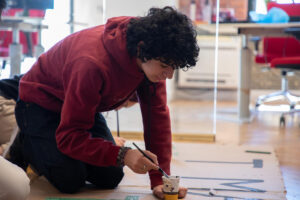
“So, to fix climate change is not something easy, but it’s not something impossible. If every individual on this earth would take small action, just small actions, climate change would have been way, way much better,” said Olt.
Oriana, Sara and Olt are just a few of the thousands of youth across the globe who are standing up and speaking out about the climate crisis. They know the future of the planet is under threat and want to do whatever it takes to make a change.
Recently, 54,000 children and youth in 15 countries—including 1,200 children in Canada—were surveyed on their views on the climate crisis and economic inequality. The findings helped to shape Save the Children’s Generation Hope report. This compelling report puts the voices of children at the forefront of the climate crisis, so that children have a say in the world that they will inherit.


